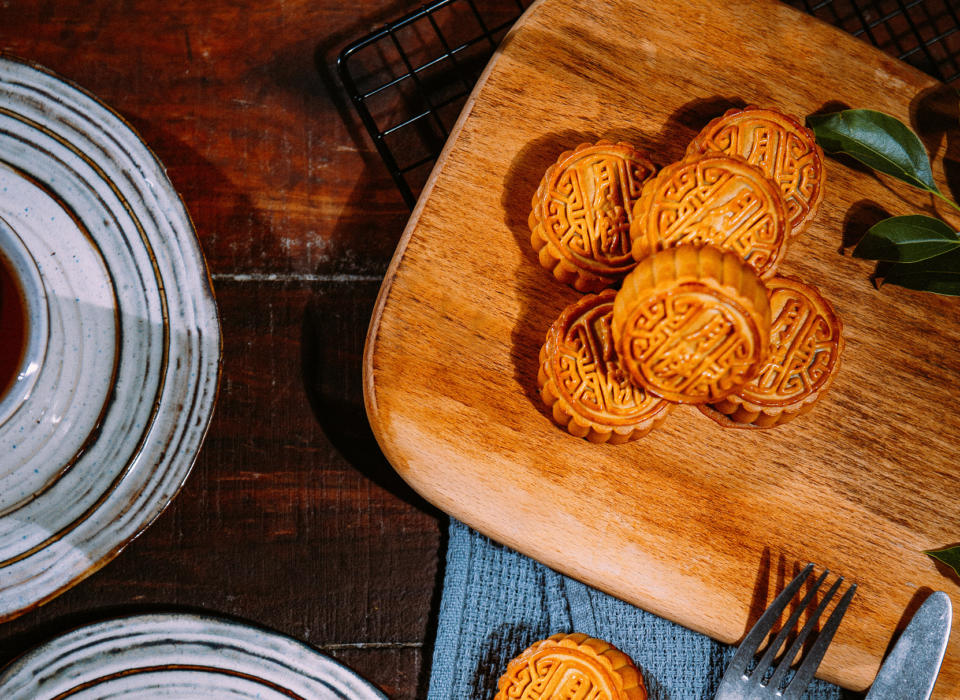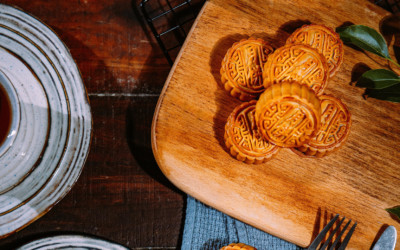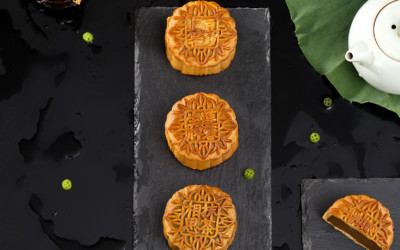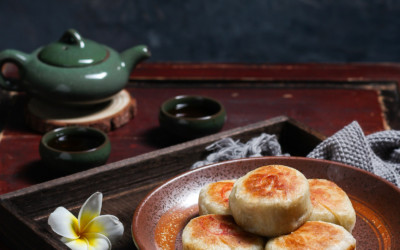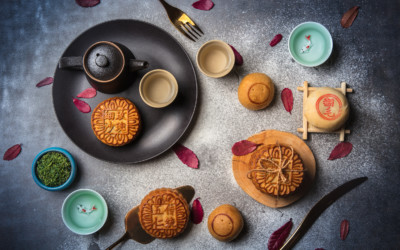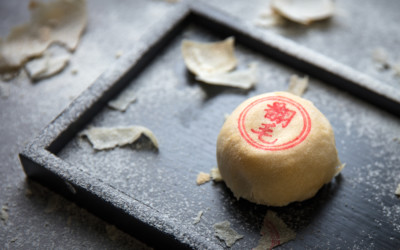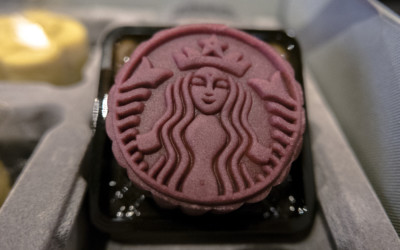What exactly is the Mid-Autumn Festival and how do people celebrate it? Here are the 5 things you need to know.
1. Why is the Mid-Autumn is celebrated on the 15th day of the 8th month?
The Mid-Autumn Festival (中秋节) is a traditional festival celebrated in China and other Asian countries. It is one of the most important Chinese holidays.
But why do the Chinese celebrate it on the 15th day of the 8th month? It has to do with the moon. In ancient times, China used a lunar calendar. Unlike the solar calendar, which based on solar cycles, a lunar month lasts 30 days—from the new moon to the next new moon. The full moon occurs in the middle of the month. A year is divided by four seasons. Each season has three months. Mid-Autumn Day is the mid-point day of autumn with a perfect full moon.
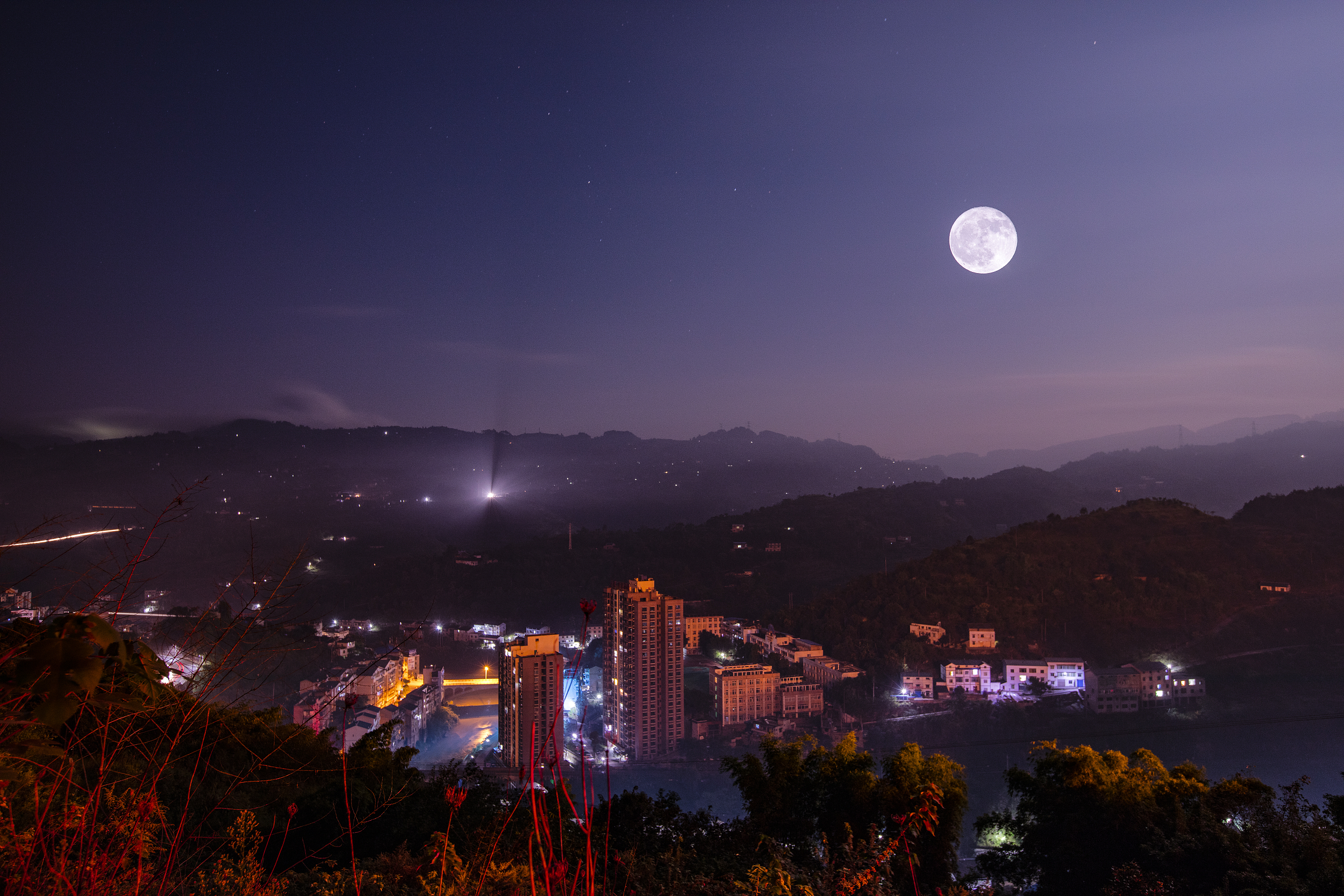
Photo: VCG
2. It is the festival about the full moon. (Yep, only full moon, no werewolves.)
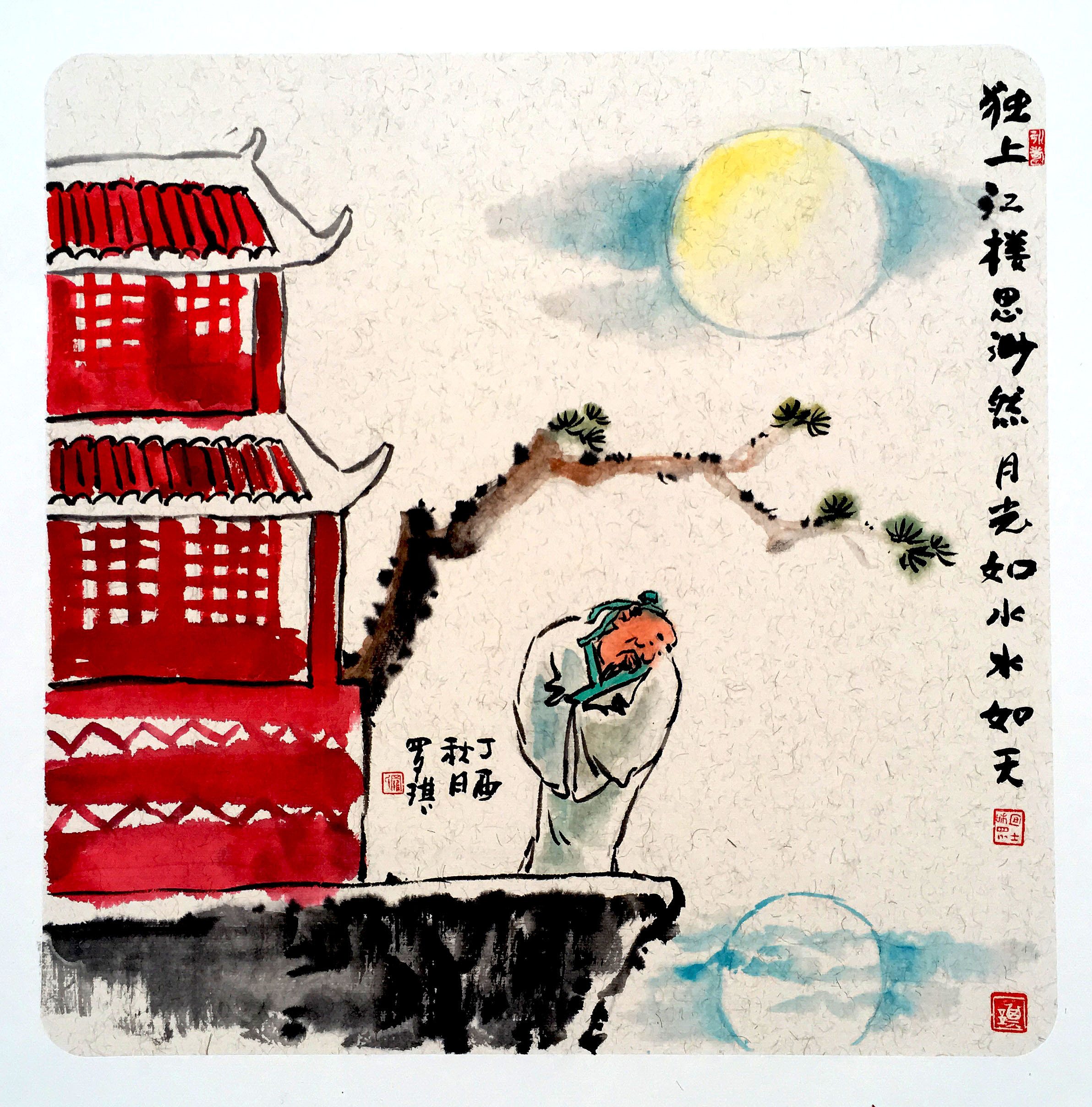
Photo: VCG
In Western culture, the full moon is sometimes associated with werewolves—especially at Halloween. In Chinese culture, a bright, round full moon is considered the best time of the month. That’s why the Mid-Autumn Festival is also called as Moon Festival.
The circle formed by a full moon is the most popular shape in Eastern culture. For Asians, circles symbolize “perfection,” “togetherness” and “unity.” The Chinese word for “perfect” or “perfection” – yuánmăn – is formed by combining two characters (圆满). When you separate them, the same two characters mean “full-circled” and “fulfilled.”
Many Chinese poets have written poems about moons and family reunions. The most famous one is the “Thoughts on a Quiet Night” (静夜思) by the legendary poet Li Bai (or Li Bo, 701–762) in Tang Dynasty. Here is one of his most famous lines: “Looking up, I gazed on the moon; and bowed my head with thoughts of home.” (举头望明月,低头思故乡。)
3. China’s Thanksgiving Day? Ehhh…there are similarities
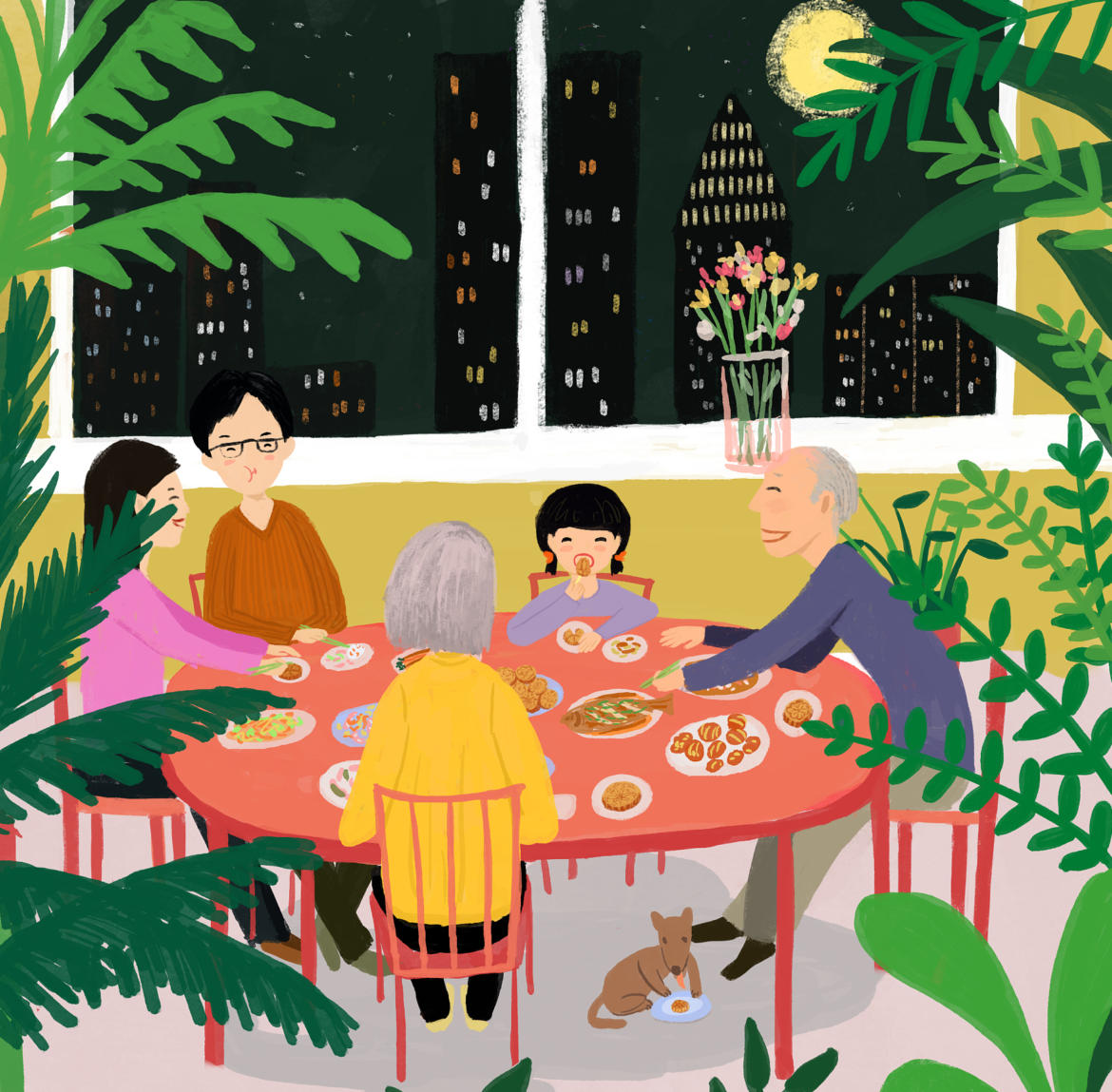 Like Thanksgiving Day in the West, the Moon Festival involves family reunions, harvests, and expressions of gratitude. Autumn is a season of harvests. Chinese families take this day to celebrate them and to give thanks. In ancient times, the celebration also involved moon worship.
Like Thanksgiving Day in the West, the Moon Festival involves family reunions, harvests, and expressions of gratitude. Autumn is a season of harvests. Chinese families take this day to celebrate them and to give thanks. In ancient times, the celebration also involved moon worship.
However, the food is very different. Thanksgiving is mainly a ‘Turkey Day’ in the U.S. and Canada. In China, the Mid-Autumn Festival is a time to enjoy delicious Chinese pastries called Mooncakes.
4. Mooncake: Always have something delicious to eat at a Chinese festival!
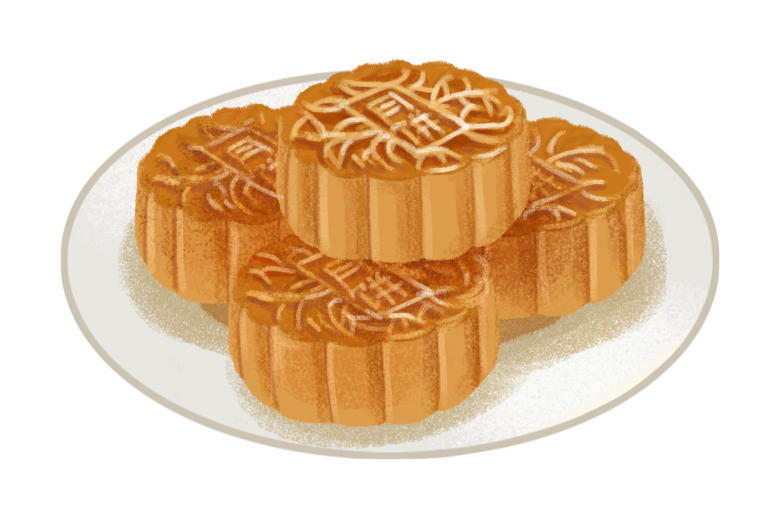
Mooncakes get their name from their appearance. It is round-shaped like a full moon. Traditional mooncakes are circular pastries with sweet fillings made from lotus seeds or red bean paste. Different regions prefer different flavors. In Hong Kong, on the southern coast of China, mooncakes are famous for lotus seeds with salted egg yolks. On China’s East Coast, in Shanghai, mooncakes have a ham or meat filling inside a flaky crust. And, in the nation’s capital – Beijing, which is in the North – mooncakes are made from nuts, red beans or jujube (red dates) paste inside a soft crust.
In recent years, mooncake chefs have been experimenting with new flavors. Some Western companies have joined the fun, too. Starbucks China, for example, has created cold brew coffee-flavored mooncakes, while Haagen-Dazs offers ice cream mooncakes.
5. Qiantang River Tidal Bore, South China Lantern- Various ways of celebrations in different regions, but all in all, they are all moon-related.
Mid-Autumn Festival celebrations vary in different parts of China, but two activities common to all of them—eating mooncakes and enjoying the full moon with one’s family.
In East China’s Zhejiang province, watching the Qiantang River tidal bore is an exciting and ancient festival tradition. There are only a few places on Earth where you can witness a phenomenon like this one—on Brazil’s Amazon River and the UK’s River Severn.
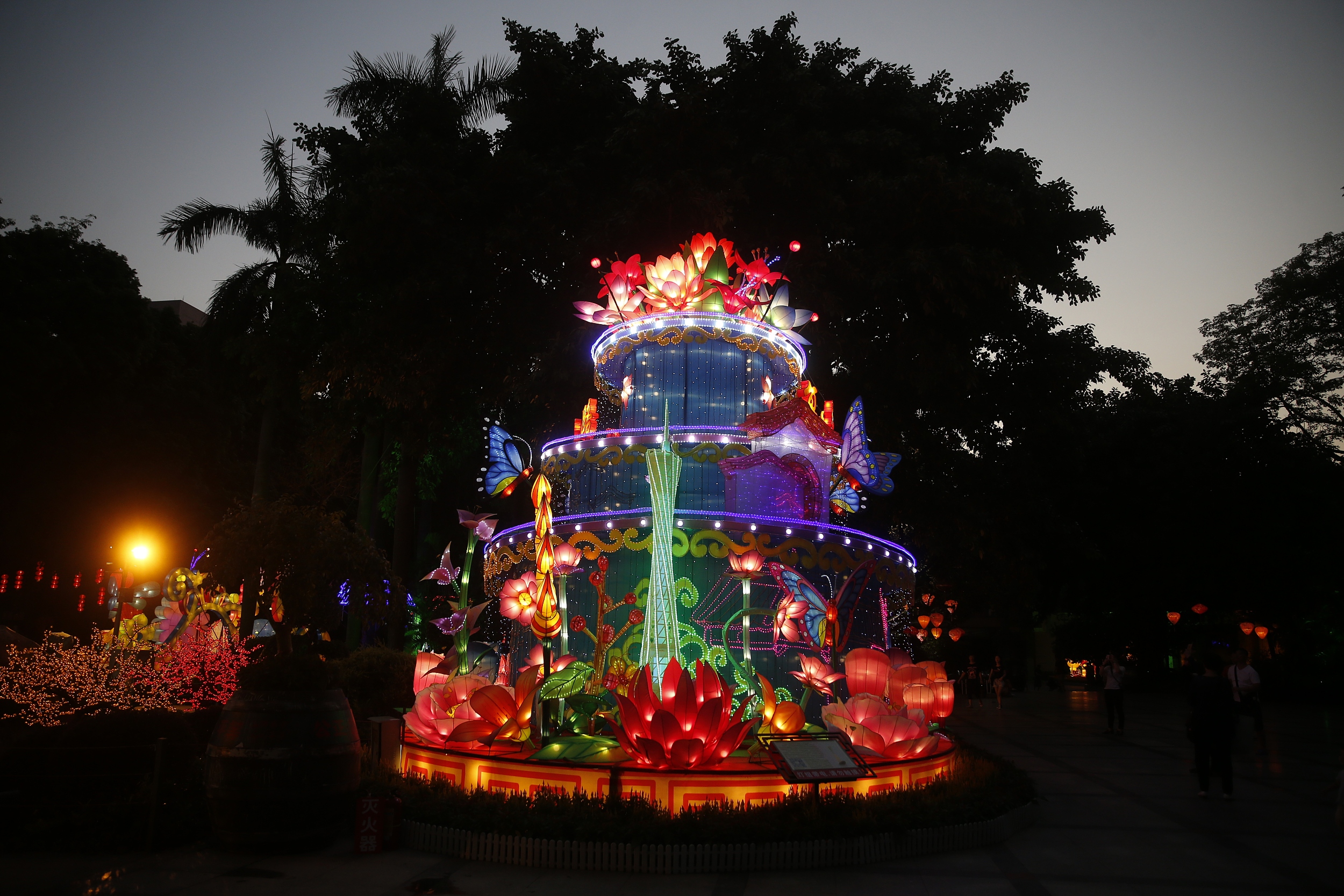
On a full moon day, the incoming tide and the outgoing tide collide in a narrow channel, making a tremendous wave up to 9 meters (30 ft.) high. Watching the tidal bore on the Mid-Autumn Festival day is a popular Chinese tradition that dates back over two thousand years—starting during the Tang Dynasty.
In South China, lanterns are essential. People say this tradition is also related to the moon. In ancient times, it involved a handmade globe-shaped lantern with a candle inside. Modern technology has kept this tradition alive—helping turn this festival into an annual light show.
In Guangdong and Taiwan, people light small hot air balloons, sky lanterns, or Kongming lanterns with their wishes written on them—and then release them. They believe their wishes will come true when the lanterns soar into the sky.
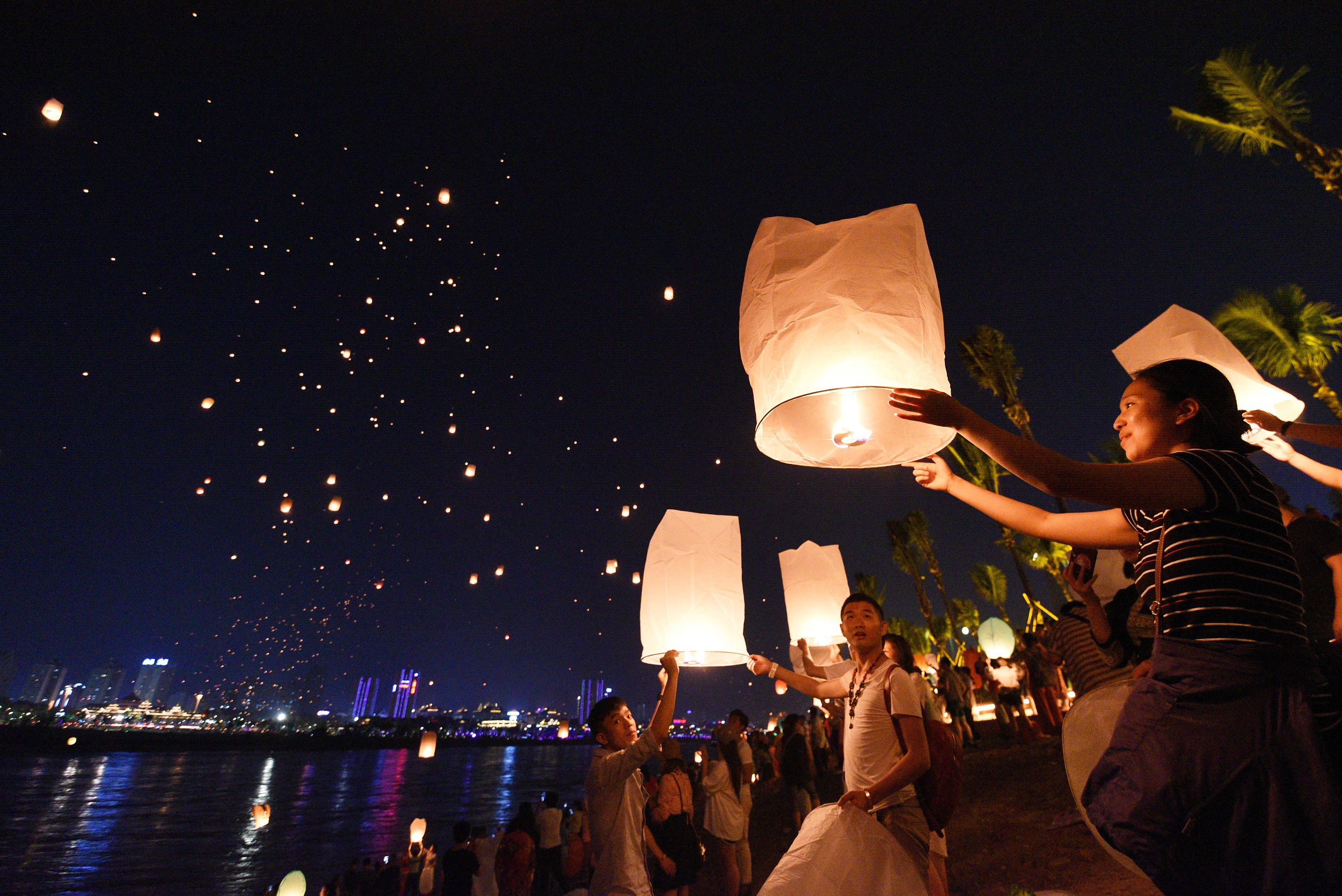
Photos are from VCG.
 CGTN America
CGTN America
